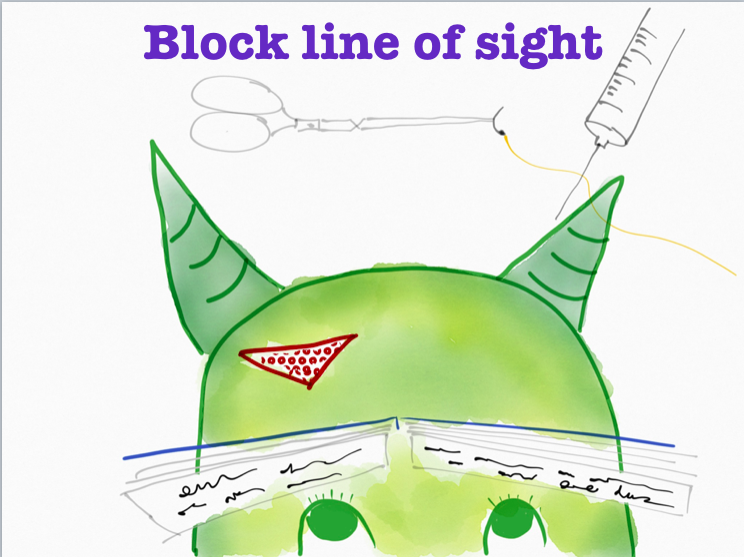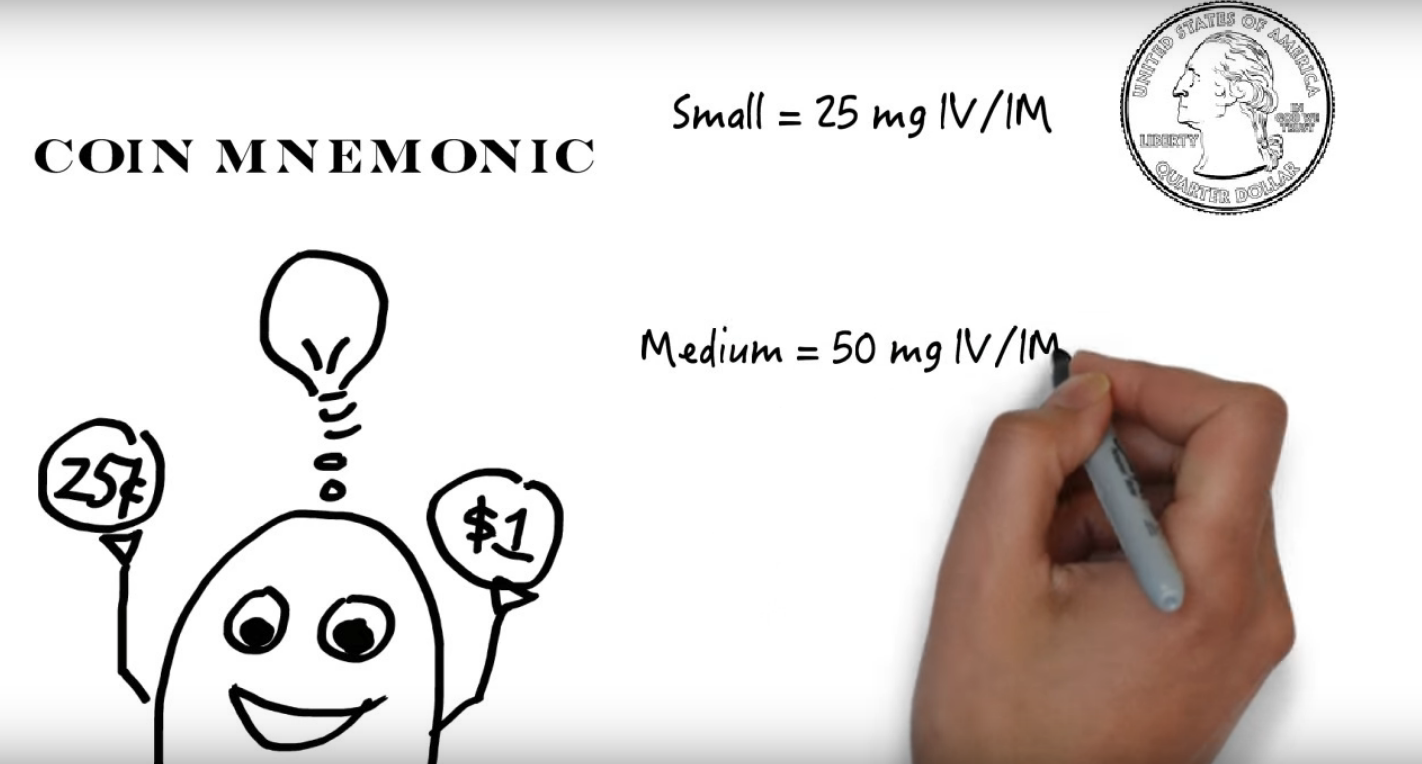A year-long co-design program with the Ford Foundation, 3 corporate partners, and IDEO to better center the voices of frontline workers in key company decisions, particularly related to technology. Back in 2020, during the height of the pandemic, the contrast between the public narrative around frontline workers as “essential” and the realities of harmful/undignified working conditions for many.
The Ford Foundation approached IDEO with the question of how far companies would voluntarily go to embrace the idea that what’s good for worker wellbeing is also good for business outcomes.
To explore that question, we formed a cohort with three partners: a health system, a port authority and an airline company, to go on a 12-month learning journey. This journey involved forming worker councils both across and within the three companies, where workers led the design of digital and org prototypes that addressed real operational challenges. Unsurprisingly, it was clear that when workers solve workplace issues, both workers and customers benefit.Throughout the year, we regularly convened the companies to reflect on their experiences and learnings together :pill::station::airplane:. And at the end, we synthesized the year’s learnings, tools, and stories into a public storytelling website intended to invite other corporate leaders to go on their own worker voice journey: workervoicedesignlab













